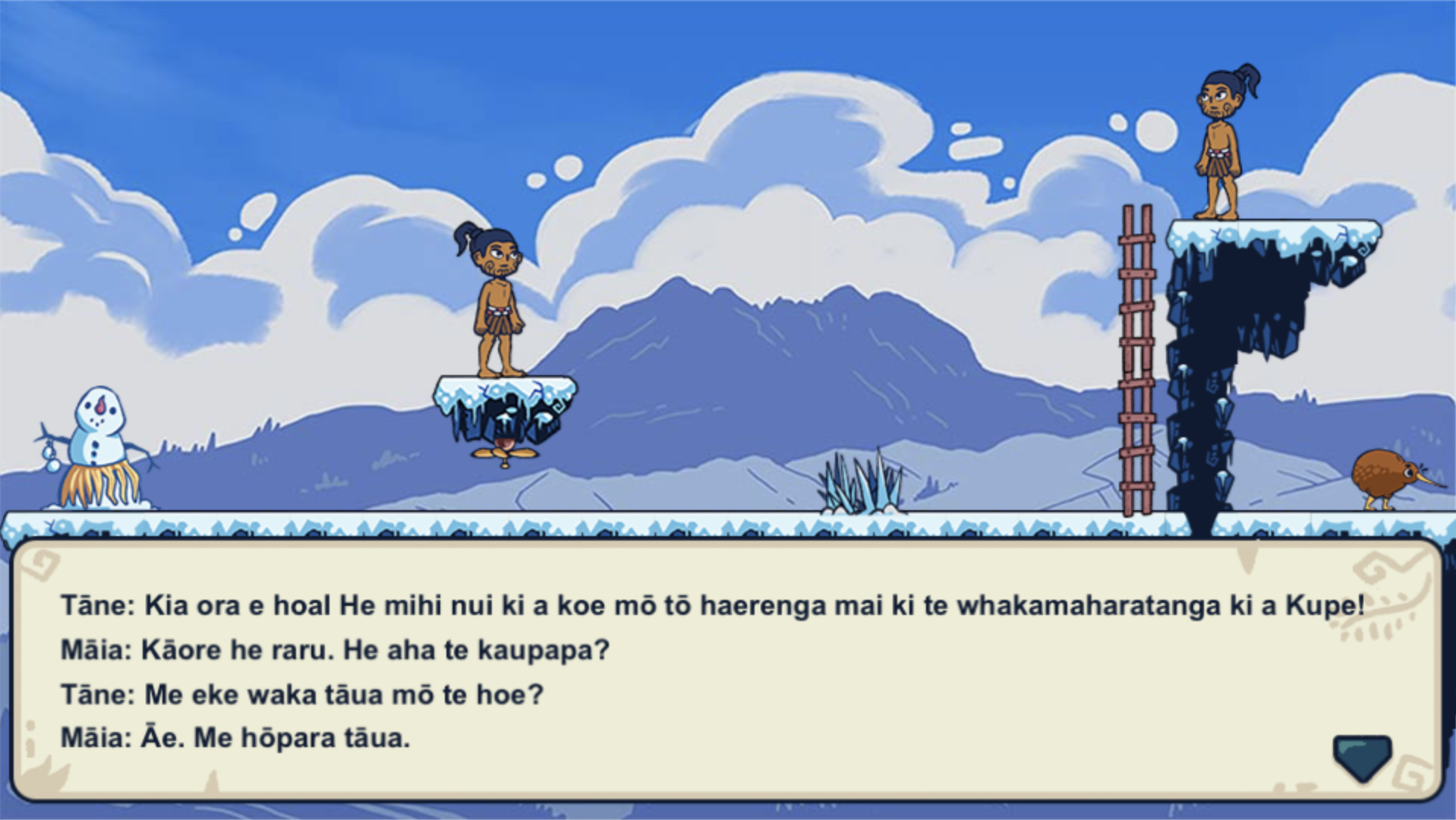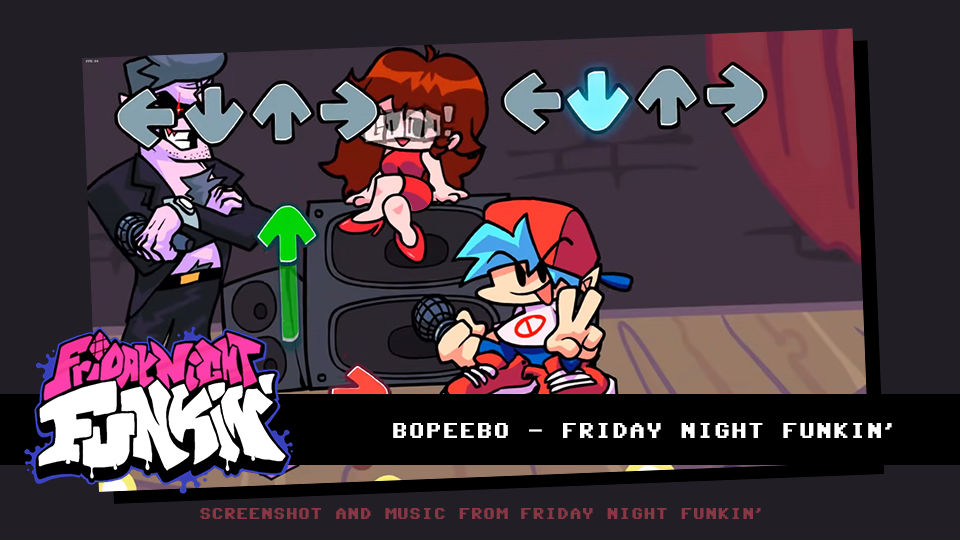
Game on Javascript coders!

Create games, write interactive stories, and build animations!


Gamefroot has launched the first iteration of it’s Web3 toolkit for games.
This first release makes it easy for developers to add crypto wallet integration, display NFTs, the ability to read and write from a cloud database and add multiplayer (yes multiplayer) functionality to their games.
Thanks to the power of the Moralis Web3 SDK and OpenSea APIs, Gamefroot users can now start to create Web3 games.
Version 1.0 beta features:
– MetaMask / Crypto Wallet integration
– Ability to display players digital NFT collection in game
– Ability to create NFT membership areas – projects that are only accessible to people that hold certain digital collections (NFTs)
– Reading & Writing data to cloud database
Roadmap (very high level):
– Ability to transfer NFTs
– Ability to mint NFTs
– Cronos integration
Try it out
For those interested in testing new Web3 features hit up the following links and let us know what you think in the comments and in our Discord.
1. Open Gamefroot
2. Work through Web3 tutorial (beta)
We at Gamefroot are about empowering todays kids to become tomorrows creative coders, game developers. and design thinkers.
We believe that those who learn to code and create digital content from a young age are better prepared for the future of work and careers in the games industry. We want to thank you for coming on this journey with us, and allowing us to support you.
After over a decade of being almost totally free, Gamefroot has added a new subscription model. We love seeing people learn about coding and game design. This shift allows us to continue our mission and to keep improving the Gamefroot experience, and to make game creation more accessible and fun for years to come.
Happy New Year Gamefroot users. We’re keeping real busy at this end and will have lots to share with you over the coming weeks as we start to navigate 2022.
To get the 2022 ball rolling here’s a quick look at what to expect over the next couple of months:

We’re already enjoying this behind the scenes and have made a mini-game where a rectangular playable character made out of a rectangle has to avoid deadly objects that fall from the sky – also rectangles. How fun is that!

And that’s just the tip of the iceberg. We’ve got plenty more to share with you ranging from new additions to the marketplace, updates to pricing, and more interactive fiction tutorials and updates. It’s going to be a fun ride! Stay tuned and keep coming back. Dan, Gamefroot Co-founder
Imagine creating a dynamic and interactive kōrero game that uses the great stories and historic tales of New Zealand Aotearoa that tell us where we came from, how we are connected to each other and the lessons we have learned as we look back on our history.
This competition empowers your students to make an interactive story game themed around New Zealand Aotearoa histories. Your role as their teacher is to guide the students through this process and ensure the history behind their stories are authentic.
Why interactive stories?
Creating an interactive story game provides students with a hands-on learning experience that connects multiple learning areas including literacy, history, social studies and digital technologies.
The templates we’ve made available for students / ākonga are designed to be attractive to a range of teachers. If you’re a literacy teacher, a history teacher, a social studies teacher, or a digital technologies teacher this competition is for you!
The more local the story the better. So if you’re based in Wellington your story might be about early WGTN trade routes, or even the famous Māori chief Te Rauparaha who would pull up to the Thistle Inn on his waka.
If you’re based in Rotorua you might want your students to write about all the geothermal activity or about how when Tutanekai visited the mainland he met Hinemoa. If you’re based in Canterbury you might want your students to write about local sporting heroes, your school values or maybe the earthquake of 2011. It’s up to you!
If your students are going to include cultural contexts in their game, your local Mana Whenua are an excellent resource for keeping your histories authentic. It’s important that hitories are authentic and that you use reliable resources.
How it works
Entry Criteria
How to submit your entries
Creating Interactive Fiction Games in Gamefroot
We recently updated our user interface to make creating Interactive Fiction games in Gamefroot even easier. We’ve done this by adding “visual wires” that you can use to connect passages of text together.
Here are three example games that we have made in partnership with our friend and fellow game designer Edwin “Narrative Designer Extraordinaire“ McRae.
Continue reading “Interactive Fiction Games in Gamefroot”We’re excited to announce Gamefroot 4.5 – Wires!
We’ve made lots of improvements and squashed bugs to make Gamefroot better for you.
This release also includes one major feature that we’re calling Wires. Wires allow you to visually represent coordinates and connect game objects on the screen that have until now only been accessible to you via code.
Here are two couple of examples of how we’re adding wires to make your Gamefroot experience ever better!
Interactive Fiction
In this pick-a-path style example, Gamefroot uses wires to visually link text. This allows writers and game developers alike to focus on the writing and structure of their game instead of coding.
Moving Platforms – coming soon
In this example we’ve introduced a visual indicator for moving platforms and other scripts that use coordinates in the game world. A snazzy and complementary visual interface will make adding new platforms to your game easier than ever.
We hope you enjoy this update as much as we enjoyed making it.
Later this week (early next) we will be releasing a small but very important update that will greatly improve the speed at which games are download on certain school networks.
Close on the heels of last week’s very large and significant 4.2 update, we have launched Gamefroot 4.3. A smaller release to address a Google Login issue that some users were reporting.
Continue reading “Gamefroot 4.3 update”Using sound effects and music in Gamefroot has never been easier.
We’ve put together the following tutorial based on the popular open source game Friday Night Funkin’ to help you get started with sound in Gamefroot.

Gamefroot is pleased to introduce Kings Vs. Pigs from our friends at Pixel Frog.
Kings Vs. Pigs
It’s time to settle the age old question… Who would win? One king or swarms of pigs, all with detailed animations allowing them to hide in boxes, throw bombs and more!
Battle King to Pig King, build awesome environments with beautiful tile brushes and decals!
Make a fun and challenging level using the Kings Vs. Pigs pack.